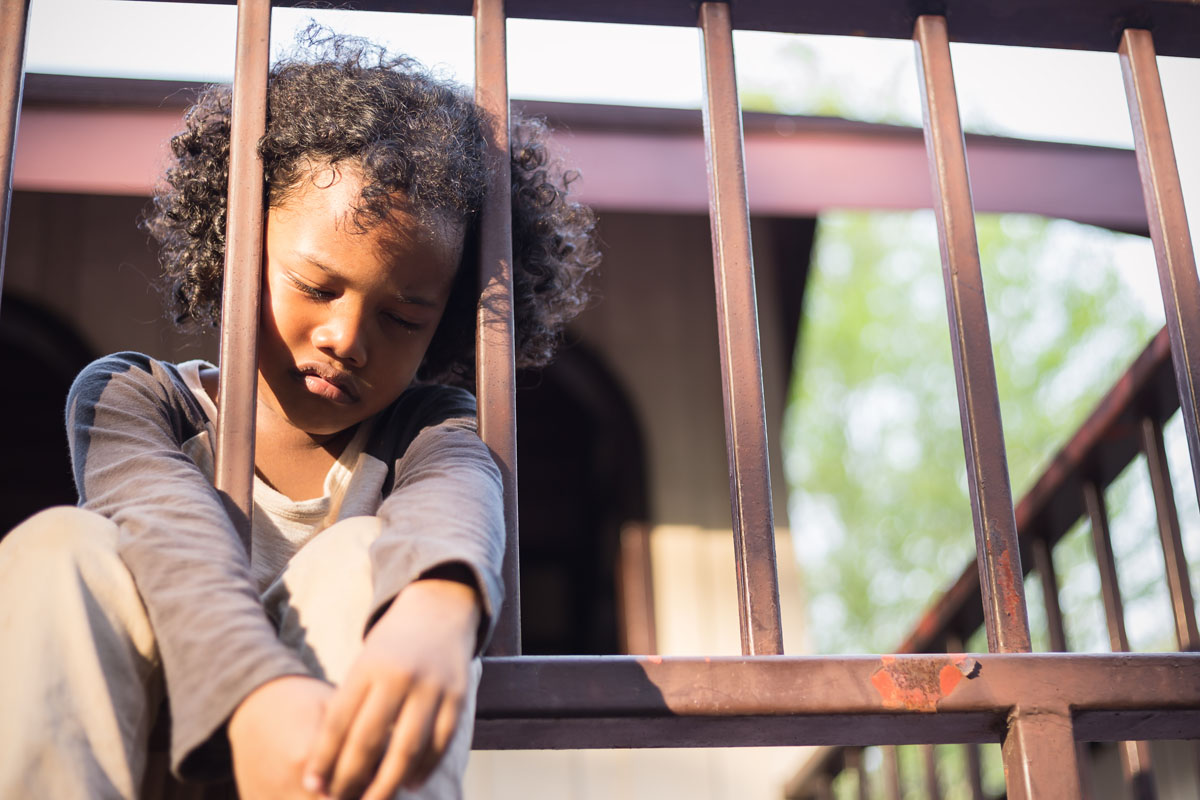Foster care is a demanding, yet potentially rewarding undertaking that can see positive effects reverberate for decades. At the same time, foster care is inherently temporary—a bestowing of the tremendous weight and responsibility of raising a child, guiding them through the trials and tribulations of formative childhood and teenage years, helping them comprehend and digest the trauma suffered early in life. It’s been said that people are in our lives for seasons and for reasons. Perhaps this rings truest when it comes to foster homes.
Each year, approximately 20,000 youths across the US age out of the foster care system. Depending on the state, this takes place at ages 18 to 21, or when they finish high school. What happens next should be alarming:
- Nearly one third of foster care youth will experience homelessness by 21 years of age
- Foster-cared for youths are 20 percent more likely to be unemployed than other young adults
- Those that find employment earn about half as much as youths raised in traditional housing
Given that the transition from foster care to adulthood is so often problematic, social workers and housing advocates agree that understanding how the aging out process affects young adults can help identify those that are likely to face future housing instability. With this potentially vulnerable audience identified, what can be done to help them avoid this outcome?
Softening the Landing: Keys to Successful Transitions
Factors determining the outcome of youths exiting foster care are as diverse as the children that enter it. But by panning out and increasing the sample size of youths exiting foster care from a variety of differing experiences, telling trends emerge about both protective factors and risk factors. This was the method of a 2020 study that examined data from youths in transition across the US.
Regarding risk factors, the strongest predictor of homelessness was having been incarcerated, followed by having substance abuse issues. Sure enough, data revealed that youths who had served time for both minor and more serious crimes were more than 150 percent more likely to later experience homelessness than youths who had not been incarcerated.
Substance abuse also often serves as a harbinger of future housing instability. Youths having a history of substance abuse were 110 percent more likely to experience homelessness soon after emancipation from foster care than young adults with no record of substance abuse. Other risk factors linked to an increase in youth homelessness included those with a runaway history and those classified as emotionally disturbed.
Data also reveals several protective factors that helped youths guard against homelessness.
The strongest predictor? A connection to an adult.
This may seem overly simplistic, but the numbers prove that youths that enjoyed a positive, stable relationship with an adult into their early 20s were nearly 60 percent less likely to suffer from homelessness. Similarly, youths that stayed in foster care until 21 years of age were 42 percent less likely to become homeless. Graduating from high school and/or enrolling in post-secondary schooling also lowered the odds of youth homelessness. The same holds true for youths that had landed a full-time job by the time they exited foster care.
Life context is noteworthy too, explained Colin Tessier, executive director of Threshold Housing Society:
“People who are in government care are coming from trauma. You don’t enter that system unless you’ve had a family breakdown. And you can bet there’s a lot of pain and hardship that’s come from that often in younger years… They’re vulnerable people who are newly homeless and often find themselves preyed upon.”
How does a connection to an adult protect youths against homelessness?
A 2019 study examined the value of supporting older youths. It drew on previous research about decision-making skills and how these develop during adolescent and young adult years. Teens were observed to be more easily influenced by their peers, leading to “risky behavior.” On the other hand, adults over the age of 24 were able to make decisions independently with greater success.
The conclusion? For youths achieving important developmental milestones, such as learning decision-making and coping skills and becoming more independent, the presence of an adult to guide them through the process was key. Lack of adult involvement adversely affected decisions made.
The data supports what common sense knew all along. These metrics can help family care workers identify youths most at risk of future homelessness.
Extended Care Models Shape the Future of Foster Care
Some nonprofit organizations have already identified the need for youth care and support beyond government-mandated age limits. Threshold Housing Society, for example, serves at-risk youth experiencing homelessness, aging out of care, or fleeing violence in the home. They help youths that have aged out of foster care but have yet to achieve housing stability. These youths living in the gap need a roof over their heads and a sense of community. That’s just what THS gives them, allowing young adults to focus on finishing school and finding work.
The Chafee Foster Care Independent Living Program similarly seeks to help youth who have aged out of care. They use a voucher system in an attempt to smooth out the transition from foster care to independent living. Young adults under the age of 22 who have aged out of the foster care system are eligible to receive up to $5,000 per year for post-secondary education and training.
Despite programs attempting to improve the odds for youths aging out of foster care, some 29 percent of them will experience homeless by 21 years of age. We simply must do better for our future.













